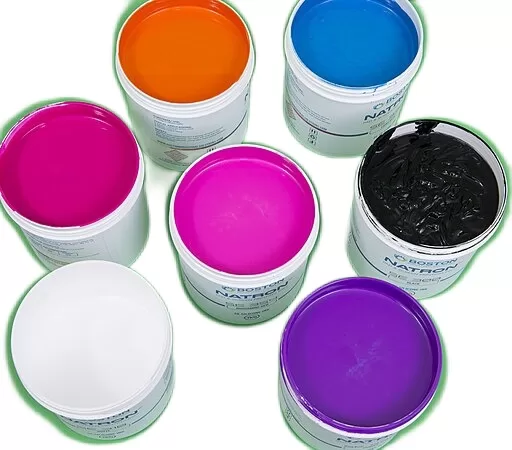In today’s world, sustainability has become a major concern in various industries, including printing. The environmental impact of different printing methods plays a crucial role in selecting the best technique for both economic and environmental reasons. The most common printing technologies include flexography (flexo), offset (litho), gravure, and screen printing. Each of these various printing techniques has a different sustainability profile that influences its suitability for specific applications.
Flexo Printing
Flexographic printing, commonly known as flexography, is a versatile technique that utilises flexible relief plates. It is known for its ability to print on a variety of substrates, including paper, plastic, and metal foil. One of flexo’s most compelling advantages is its sustainability. Flexographic printing uses water-based and UV-curable inks that are less harmful to the environment than solvent-based inks. These environmentally friendly inks reduce volatile organic compound (VOC) emissions, contributing to cleaner air and safer working conditions.
In addition, the flexo process is designed to minimise waste. Modern flexo presses incorporate advanced technologies such as automatic registration and closed-loop ink systems that increase efficiency and reduce material waste. These capabilities not only conserve resources, but also lower operating costs, making flexo an economical and environmentally sound choice for high-volume printing.
Offset Printing
Offset printing, often referred to as litho, is a widely used technique known for its high quality output and cost-effectiveness in long runs. From a sustainability perspective, however, litho poses significant challenges. The process involves transferring ink from a plate to a rubber blanket and then to the print surface. This technique requires various chemicals, including solvents and developers, which can be harmful to the environment.
In addition, litho printing generates significant waste, such as used aluminium plates and excess paper during makeready. The energy consumption of litho presses is also relatively high, contributing to a larger carbon footprint. While advances are being made in environmentally friendly inks and recycling practices, the inherent waste and energy requirements of litho make it less sustainable than flexo.
Gravure Printing
Gravure printing is a technique in which the image is engraved onto a cylinder. Known for its ability to produce high-quality, consistent prints, gravure is commonly used for long-run publications and packaging. However, its sustainability profile has raised concerns. The gravure process consumes considerable energy due to the high speed rotation of the cylinders and the extensive drying systems required for solvent-based inks.
In addition, gravure often uses non-recyclable components, such as chrome-plated cylinders, which have a negative impact on the environment. The high initial cost and energy requirements make gravure less environmentally friendly than other printing methods.
Screen Printing
Screen printing, a technique in which ink is pushed through a stencil on a screen, is popular for textiles and promotional products. While versatile, the process poses environmental challenges. The use of solvent-based inks and cleaners contributes to VOC emissions that affect air quality and worker health. Screen printing also generates significant waste in the form of used screens and excess ink.
Efforts to use water-based inks have improved the sustainability of screen printing, but the process remains less efficient and more wasteful than flexo, especially for high-volume production.
Digital and Other Printing
Digital printing, including inkjet and laser, offers on-demand capabilities and reduced waste due to its non-contact process. These techniques produce less waste and use environmentally friendly inks. However, the high energy consumption of digital printers and limited scalability for long runs can be drawbacks.
Why flexo stands out?
Among the various techniques discussed, flexo printing emerges as a leading choice for sustainability. The use of environmentally friendly inks and advanced waste reduction technologies positions flexo as a resource-efficient option. Innovations such as automated ink control and waste minimisation systems further enhance its environmental efficiency. Industry trends are increasingly favouring flexo for its balance of quality, cost-effectiveness, and minimal environmental footprint.
Conclusion
In the broader context of sustainability, flexo printing stands out as a compelling choice. While every printing method has its place, flexo’s environmental benefits, including reduced VOC emissions, less waste, and energy-efficient processes, make it a green option for today’s printing needs. As the industry continues to evolve, flexo’s advancements ensure that it remains at the forefront of sustainable printing practices.





